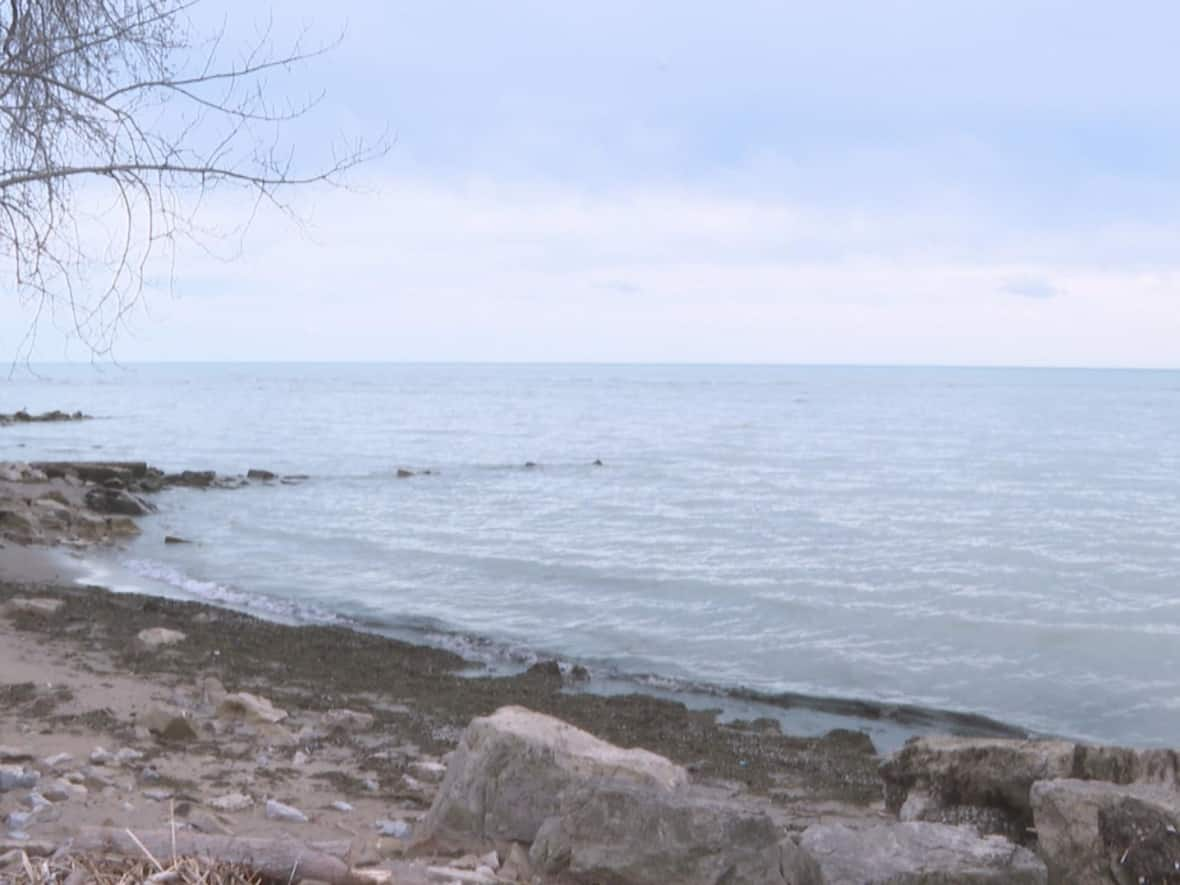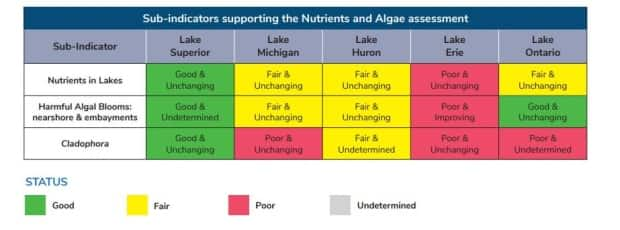50-year international partnership on Great Lakes makes progress, but challenges lie ahead

It's been 50 years since Canada and the U.S. signed the Great Lakes Water Quality Agreement, meant to restore and protect the Great Lakes, and a new report is showing what's changed over that time and what challenges are ahead.
According the the annual report, the Great Lakes overall assessment is "fair" with an "unchanging" trend, which is due to the "tremendous progress to restore and protect the Great Lakes" over the last few decades. The evaluation is based on a set of indicators officials watch.
"If we look back 50 years, there have been some substantial improvements in the health of the Great Lakes. But that doesn't mean we're done in any way," said John Hartig, a visiting scholar at the Great Lakes Institute for Environmental Research at the University of Windsor.
Hartig says there continues to be challenges.
"We know in western Lake Erie we still have algae blooms, harmful algae blooms, and we have them in Saginaw Bay and Green Bay as well. We still have, particularly on the U.S. side, the legacy of the industrial revolution in contaminated sediments. We still have a loss and degradation of habitats like important ones, like wetlands," he said.
"And of course, we are now facing climate change."

Both countries along with several organizations are behind the annual report, using about 40 indicators to calculate the overall assessment. Each Lake had a "good" (most or all ecosystem components are in acceptable condition) or "fair (some ecosystem components are in acceptable condition) standing. Except Lake Erie, which was described as being in a "poor" standing, meaning "very few or no ecosystem components are in acceptable condition," mainly due to algae blooms and elevated nutrient concentrations.
"I think obviously Lake Erie has a significant population density around it and it has significant agricultural land around it. It has had significant industrial development, it's part of the industrial heartland. So I think if you look back at 50 years ago where this started, people spoke out," explained Hartig.
He says that due to advocates, activists and engaged politicians — through Earth Day, the Canada Water Act, and the Great Lakes Water Quality Agreement — people started caring about the quality of the water in Lake Erie which led to change.
LISTEN | Hear more from Hartig about the report:
But Hartig worries people will get complacent, especially in the face of climate change.
"We still have things to do, and now we have climate change, which is a threat multiplier," he said. "That means it's going to make it harder to solve the algal bloom problems. It's going to be harder to solve some of the contaminates remediation problems and the agricultural non-point source runoff problems that we have."
The good news of addressing these issues now though, said Hartig, is that it will save taxpayers and government money in the long run.
"We need to think about it as an investment that will reap benefits for us, and we need to think about it as a gift to future generations as well," he said.


